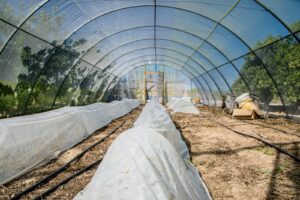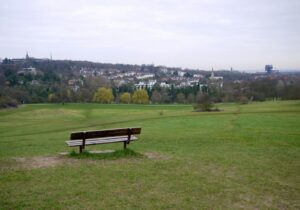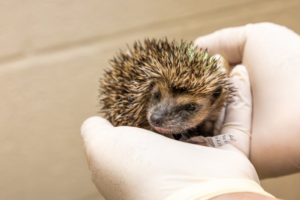Protecting UK habitats is key to reaching net-zero, according to a new report published by Natural England.
In the most comprehensive report to date, the researchers found that peatlands and native woodlands have the greatest capacity to store carbon.
One hectare of native woodland can sequester the equivalent CO2 each year as flying from London to Rome 13 times.
Peatlands are the largest carbon stores, when in a healthy condition they can soak up carbon slowly but can go on doing so indefinitely.
Carbon held in the deep peat soils of fens and raised bogs hold eight times as much carbon as the equivalent area of tropical rainforest.
Saltmarshes can also be highly effective carbon stores. One hectare of saltmarsh each year buries the carbon equivalent of an average car’s annual carbon emissions.
The report highlights that future environmental land management schemes for farmers and land managers will reward farmers for the creation and maintenance of habitats, such as native woodlands and peatlands.
Tony Juniper, Chair of Natural England, said: ‘This research reveals the fundamental importance of conserving and enhancing our natural environment in meeting the climate change challenge.
‘Taking carbon out of the atmosphere to be stored in ecosystems, including woods, peatlands and salt marshes, is a vital part of our journey to net zero, and if done in an integrated manner will help meet our ambitions for nature recovery and also climate change adaptation, such as reducing the risk of flooding.
‘By combining different policies and strategies on land and at sea, then major climate-related benefits can be achieved. Woodland creation incentives, peatland recovery, action on farms, renaturalisation of the coast and landscape-scale nature recovery projects can all contribute. The climate change and nature emergencies are two sides of the same coin and with this kind of information the UK can lead in showing how we can go low carbon and high nature at the same time.’
Photo Credit – Pixabay
















